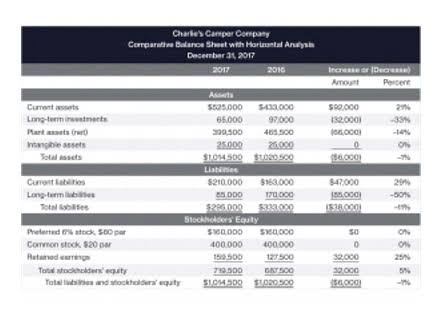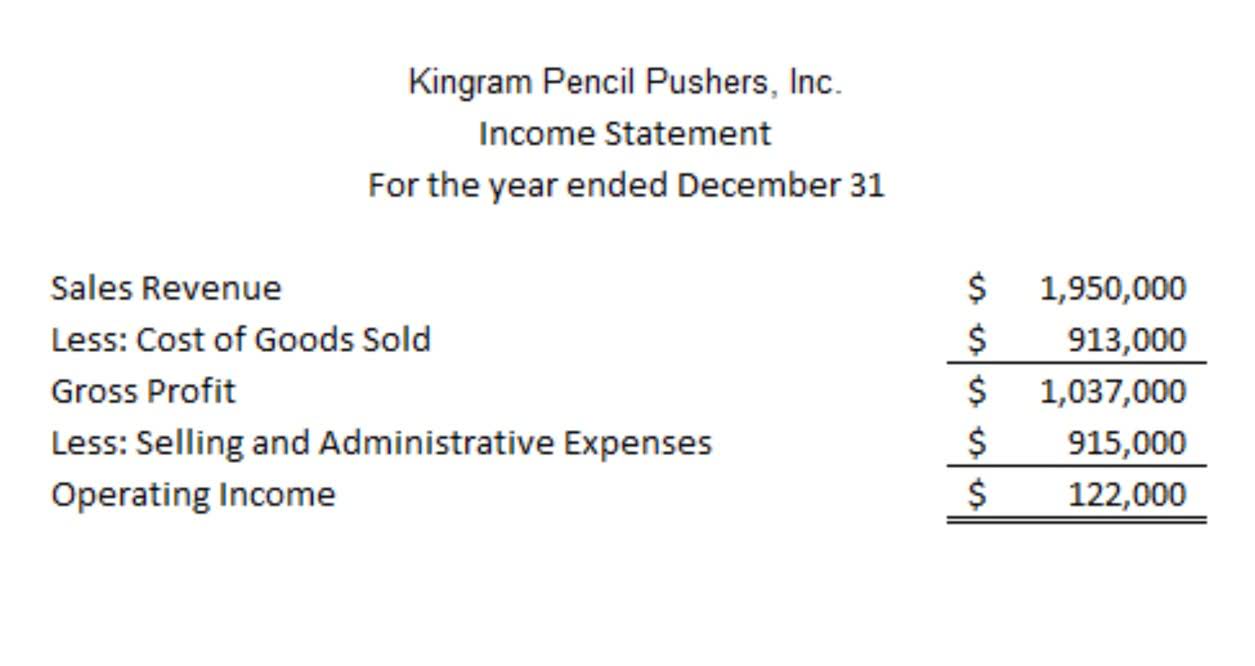
The loss incurred when a customer fails to pay their business debts is known as Bad Debt Expense. The business debits the Bad Debt Expense Account and credits the Accounts Receivable account, in this case, to reduce the receivables by the amount of the loss incurred. Entering a sale into the wrong account can skew your financial statements and require cleanup work later. Reduce the risk by using templates, limiting account access, and regularly reviewing entries. Cost of goods sold (COGS) represents the direct costs of producing or purchasing the goods you sell.
Everything You Need To Master Financial Modeling
Credit sales on a balance sheet play a vital role in the financial operations of businesses across various industries. Understanding the definition, importance, and impact of credit sales is crucial for financial professionals and business owners alike. Credit sales refer to transactions where goods or services are sold to customers on the agreement that payment will be made at a later date.
- While there are some risks, you can minimize them with proper preparation, planning and technology – reaping benefits like winning more deals.
- The key components include a debit to either cash or accounts receivable (showing an increase in assets) and a credit to sales revenue (indicating an increase in equity through earned income).
- You should check the legislation applicable to your contract before setting your payment terms.
- Accurate journal entries for credit purchases and sales are essential for maintaining financial transparency, tracking liabilities and receivables, and ensuring compliance with tax regulations.
- One of the most effective strategies is to employ an automated system.
- If the sale is not paid for, the journal entry remains on the customer’s account until it is paid off.
Steps to Record a Sales Revenue Journal Entry

Similar to the credit sales meaning, you recognize this revenue before receiving cash. A company’s financial statements contain a great deal of information, and you may not need all of that information at a given time. You can quickly pick out a specific section of that credit sales are recorded as data, such as annual credit sales, if you know where to find it within the statements.
Which Accounts Are Used in Sales Entry Records?

The cash book is updated from original accounting source documents, and is therefore a book of prime entry and as such, can be classified as a special journal. In instances where goods are returned or allowances are made, the Sales Returns and Allowances account, a contra-revenue account, is used to adjust the sales revenue. SECS reduces financial risks and increases cash flow efficiency with professional strategies and compliance-focused solutions. So you give them a discount of 20% to make up for the inconvenience, making the final sale price $40. This can be a bit confusing if you’re not an accountant, but you can How to Run Payroll for Restaurants use this handy cheat sheet to easily remember how the sale journal entry accounts are affected. Finally, if your state or local governments impose a sales tax, then your entry will show an increase in your sales tax liability.
Journal Entry for the Return:
One is to give to the purchaser of the goods, and the other to maintain the internal records and pass respective entries in the Sales Book. The US CPA syllabus places this under FAR (Financial Accounting and Reporting). Students must understand the impact of credit transactions on revenue recognition, balance sheet classifications, and accounts receivable accounting. It’s also key in the preparation of adjusting entries, closing entries, and audit documentation.


The transactions which are done on credit are not recorded in this book. For example, for goods purchased for cash, Purchases Account is debited and Cash Account is credited. While posting this entry into the ledger, it will be posted both in Purchase Account as well as in Cash Account.
Example of the Sales Journal Entry
Credit sales require substantial internal resources to manage if complications arise. Additionally, credit sales are commonly used for large transactions. When substantial amounts are due for goods or services, it’s often more feasible to facilitate staggered payments rather than requiring the total amount upfront. This approach can make large purchases more accessible and financially manageable for customers. At the end of each accounting period (usually monthly), the sales journal double entry is used to update the general ledger accounts.
Common Mistakes in Recording Credit Sales Journal Entries
While the benchmark for the https://ufazeed-slotth.com/retainer-fee-what-is-it-how-does-it-work-examples/ average collection period will differ by industry, the most often cited figure for cash retrieval is around 30 to 90 days. This pie chart illustrates common accounting errors, including misclassification of accounts, failure to account for payment terms or interest, and not adjusting for returns or allowances. Let’s assume in the above example that Smith cannot make payment by January 30, 2018, as he has gone bankrupt. Now, Walter believes that the outstanding amount is unrecoverable and is bad debt now. Tina records this by crediting the bank account and debiting Dale’s account.

